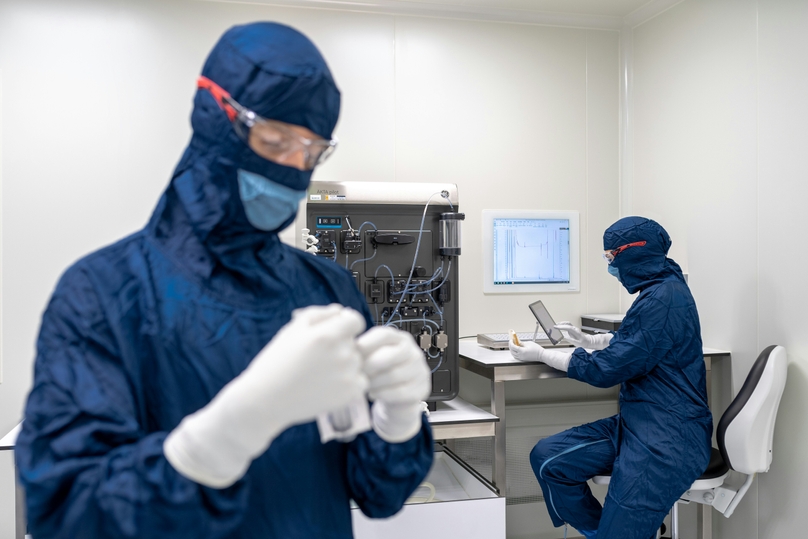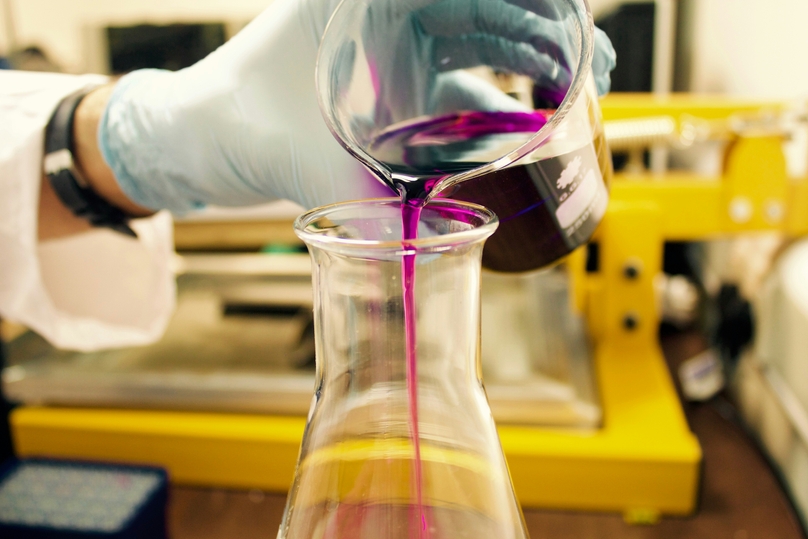Ready to Restock Lab Supplies?
Whatever the size of your Life Science lab, staying abreast of your lab supplies is vital for ensuring that everything runs smoothly and efficiently. If your inventory control is not up to par, you will be compromising your test accuracy, results, compliance, and safety.
Monitoring your consumables such as lab equipment, reagents, and PPE doesn’t have to be an overwhelming task. There are several ways you can make it manageable. The more efficient your lab inventory management system (LIMS) is, the less time you will have to spend restocking your lab. Other advantages of an efficient inventory management system include:
- Eliminating over-stocking
- Preventing insufficient reagent supplies
- Improving workflow
- Increasing productivity
- Reducing costs
In this article, we will discuss valuable tips to help you set up an easy-to-use inventory management routine so that you can spend less time ordering supplies and more time on valuable research.
Tips for Purchasing Lab Supplies
You may be setting up a new research lab, or you may be trying to improve the restocking system in your current lab. Whichever situation you are in, your starting point, before you even begin purchasing supplies, should be establishing an inventory baseline. To do this, you will need to take stock of everything you currently have in your lab.
Now, you may be used to doing this the old-school way with a pen and notebook, but if you want to maximize your efficiency, you should use an electronic inventory management system. Here are some tips to help you optimize your supply control.
- Take stock of everything: You’re never going to create a useful inventory management system if it doesn’t include every single consumable item in your lab. From reagents to pipette covers, it needs to be on your list and accounted for. Once you have a complete inventory, you can start thinking about which items you need and those which may be superfluous.
- Perform a quality check: Just because a certain item has been purchased before does not mean it’s the best quality item. You may find that the same item from a different supplier is better quality, more durable, or more efficient.
- Consider efficiency: So you’ve checked the quality of your supplies and found that they pass muster, but are they meeting your requirements? Even quality items may not always be able to complete a task. This may be because they are not durable enough, they need additional components, or they are not fully suitable for the task at hand.
- Check compliance: You know how important regulatory compliance is in your lab, and all your laboratory equipment and consumables must be up to standard. You can ensure this by purchasing from reliable suppliers with experience and knowledge on a wide range of laboratory consumables.
Top Lab Supplies for Your Laboratory
Whatever your field of research, be it chromatography, microbiology, biotechnology, environmental science, or healthcare diagnostics, certain laboratory supplies are essential to all labs. Here is a list of some of the most common consumables:
- Reagents: Reagents are used in lab tests to measure or detect the presence of other substances. Examples of reagents include Fenton’s reagent, which is used to neutralize certain toxic organic compounds, and Fehling's reagent, which is used to test for reducing and non-reducing sugars.
- Desiccants: These substances are used to keep lab samples dry and prevent moisture from forming.
- Centrifuge: A centrifuge is a piece of equipment used for separating the different components in a fluid sample.
- Pipettes: Pipettes come in various sizes and are used for transferring a specific measurement of a substance from one container to another.
- Beakers: Beakers are a type of lab glassware that can be used for holding hot or cold liquids. They are often used when mixing reagents or in assays, particularly when a shaker is used to mix substances.
- pH meters: The purpose of pH testing is to measure whether a substance is alkaline (a base) or acidic (an acid).
- Stirrers: There are several different types of lab stirrers. Some are magnetic and are used to mix low viscosity samples. Others are made from glass or plastic.
- Test tubes: Typically made of glass, test tubes, also known as culture tubes, are used for holding liquids for heating or mixing substances to test a chemical reaction. Like beakers, test tubes are often used in shakers to mix chemical substances.
- Vials: Vials are small containers made from plastic or glass. They have a flat bottom and are often used to collect blood or store samples.
- Denaturing agents: These substances are used in several chemical tests including electrophoresis, which is used to separate RNA, DNA, and protein.
- PPE: Examples of personal protective equipment include nitrile gloves, goggles, aprons, and disposable lab coats.
- Buffers: A buffer is a chemical solution that does not change its pH when acidic or alkaline substances are added to it.
- Filtration products: These may include inline filters, bottle and flask filters, centrifugal filters, and filter membranes.
- Clamps: Utility clamps are used to stabilize sample containers such as beakers and flasks.
- Thermometers: Lab thermometers are designed to measure temperatures with an extremely high level of precision.
- Dispensers: Used for storing or dispensing substances, dispensers include burettes and bottle-top dispensers.
- Flasks: Flasks can be used for measuring, mixing, collecting, or holding chemicals.
- Fume hoods: Chemical fume hoods prevent the release of hazardous substances into the lab environment.
- Hot plates: These provide temperature control for growing microbiological cultures.
- Incubators: These provide temperature control for growing microbiological cultures.
- Microplate reader: This device measures chemical reactions.
- Microscope slides: Slides are essential for examining samples under a microscope.
- Solvents: Solvents are used for diluting other substances.
- Timers: Timers ensure that timed procedures are precise.
- Spatulas: Spatulas are used for mixing, scraping, and transferring substances.
- Funnels: Funnels ensure that liquids can be transferred between containers without any spillage.
4 Questions to Ask When Buying Lab Supplies
When it comes to buying lab consumables, you have a vast array of options available. Before you purchase supplies, there are some factors you may wish to consider that will help you narrow down your options and make purchasing new products easier. Here are some suggestions:
- What are the viable alternatives?: Before making any purchases, it’s a good idea to compare products from different suppliers to see if there are alternative solutions that may be reusable or may have a range of different functions.
- What is the best cost? Because there are many lab equipment suppliers out there, you have the freedom to choose the best deal for your budget. Some suppliers may give you a discount if you purchase a large order or multiple types of equipment.
- Should I buy in bulk?: In some cases, particularly if you have the storage space, it may save you money to buy some consumables in bulk and save the spares until a later date. Alternatively, you could purchase just what you need in the short term and make sure you re-order quickly.
- What’s the required method of disposal? Used labware needs to be disposed of carefully, using methods that meet regulations and compliance. For this reason, it’s a good idea to consider the various materials your consumables are made from. For example, would it be more efficient in terms of sustainability to purchase glassware, plasticware, or paper?
Stay Up-to-Date on Your Inventory with Genemod
As we mentioned earlier, the best way to control your inventory is with a digitized inventory management solution. Genemod’s solution allows you to centralize all your inventory data onto a single platform so you can eliminate errors and update your stock of consumables as it changes. Contact us today to find out more and arrange a demo.
















